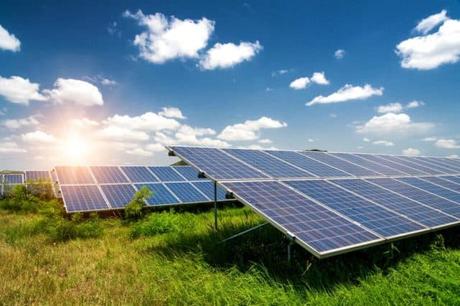Midnight of June 10th would create history as Britain set to pass a significant landmark. The country will have gone full two months without burning coal to generate power as renewables edge out fossil fuels
Around 40% of the country’s electricity came from coal a decade ago; coronavirus is part of the story, but far from all.

When lockdown started in Britain, electricity demand plummeted; the National Grid responded by taking power plants off the network.
The last four coal-fired plants remained were among the first to be shut down.
Midnight on April 9th, the last coal generator came off the system. Since then, no coal has been burnt.
The earlier record of 18 days, 6 hours and 10 minutes, set in June last year, will be smashed by the current coal-free period.
The figures apply to Britain only, excluding Northern Ireland, which is not on the National Grid.
However, it reveals the dramatic transformation of the energy system in the last decade.
Thanks to the huge investment in renewable energy over the past decade that the country does not require to use the fuel that used to be the backbone of the grid.
Two examples illustrate how much the UK’s energy networks have changed.
Just a decade ago, only 3% of the country’s electricity came from wind and solar, which was a costly distraction for many people.
At present, the UK has the world’s biggest offshore wind industry, as well as the largest single wind farm off the coast of Yorkshire that completed last year.
At the same time, the country’s biggest power plant, Drax, has been adopting a different path to renewable energy.
The plant, which is also located in Yorkshire, generates 5% of the country’s electricity.
In the past decade, it was the biggest consumer of coal in the UK but now has been switching to compressed wood pellets.
“We here at Drax decided that coal was no longer the future,” explains Will Gardiner, the chief executive of the power group.
“It has been a massive undertaking, and then the result of all that is we’ve reduced our CO2 emissions from more than 20 million tonnes a year to almost zero.”
He says, now the plant uses seven million tonnes of pellets every year sourced from the US commercial forests, adding that Drax will phase out coal entirely by next year March.
And it is not just coal that is being eclipsed by renewables.
This year so far, renewables have generated more power compared to all fossil fuels combined.
Therefore, renewables were responsible for 37% of the electricity supplied to the network versus 35% for fossil fuels.
According to figures from the online environmental journal, Carbon Brief, nuclear accounted for about 18% and imports for the remaining 10% or so.
“So far this year renewables have generated more electricity than fossil fuels, and that’s never happened before,” says Dr Simon Evans of Carbon Brief.
“With gas also in decline, there’s a real chance that renewables will overtake fossil fuels in 2020 as a whole.”
Setting the figures for this year’s context shows how quickly this turnaround has happened.
It was in December 2016, the first day when renewable power out-generated fossil fuels.
Before this year, the combined power created from renewable sources exceeded those from fossil fuels for a total of 154 days.
According to Carbon Brief, 91 of those days occurred in 2019.
The decline in the coal in particular and in the role of fossil fuels, in general, will continue.
The three coal plants in the UK that are remaining will be shut down within five years.
After that, in Britain, the fuel that sparked the industrial revolution almost two centuries ago will be a thing of the past.


